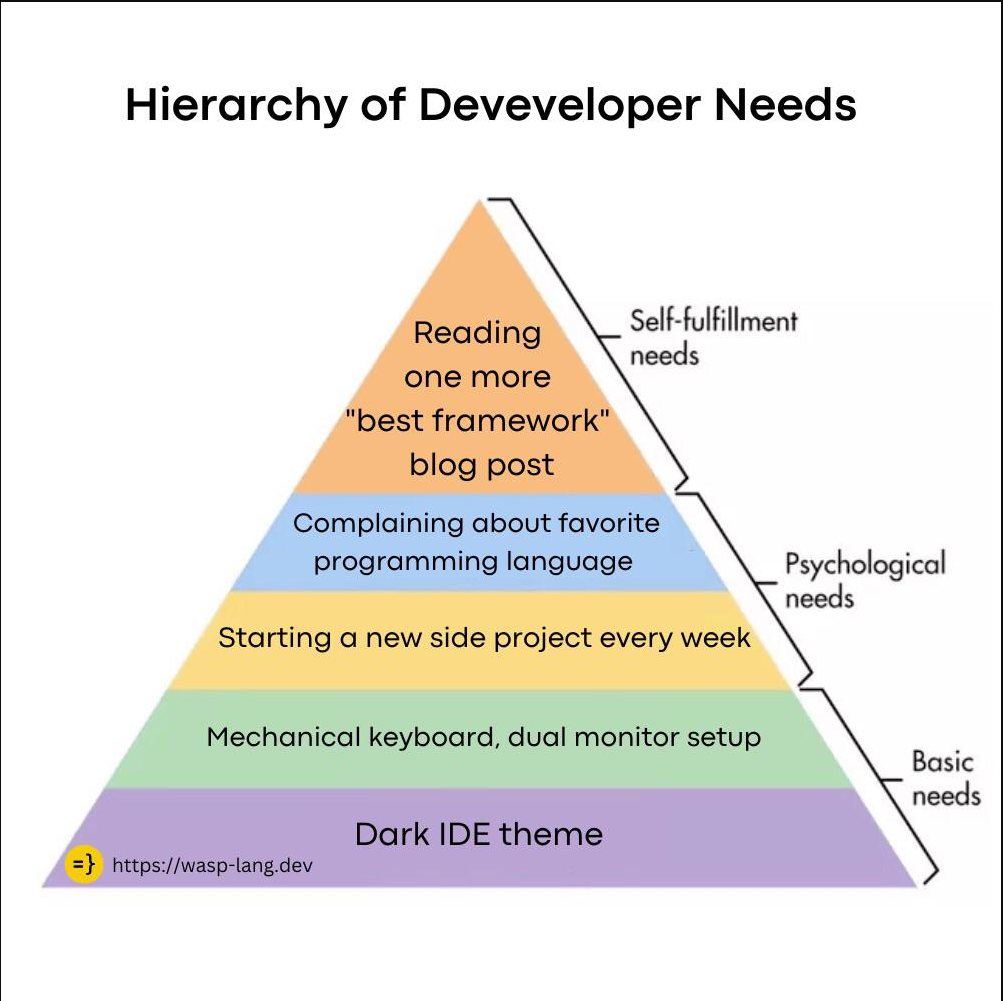Rolling Deployment
A rolling deployment strategy slowly replaces previous versions of an application with new versions by entirely switching out the environment in which the application is running. For example, containers running new versions of an application may take the place of containers running previous versions of an application....
Canary Deployment
To avoid risk, a canary deployment uses a phased approach in which traffic is shifted in increments. With the aid of a router or load balancer, new application code is released to a small group of users so it can be tested. Metrics measure the success of the new iteration....
Blue-Green Deployment
Blue-Green deployments eliminate downtime by running 2 identical production environments, one called Blue and the other called Green. Only one of the environments is live at any one time and handles all production traffic....
A/B Deployment
An A/B deployment strategy allows your company to test 2 versions of an application on users. The “A” version would be the old version, while the “B” version would contain a new or revised feature. Each version would be released to a subset of users for testing and feedback....

Just make sure to test the regex instead of blindly slapping it in assuming it works 🙂